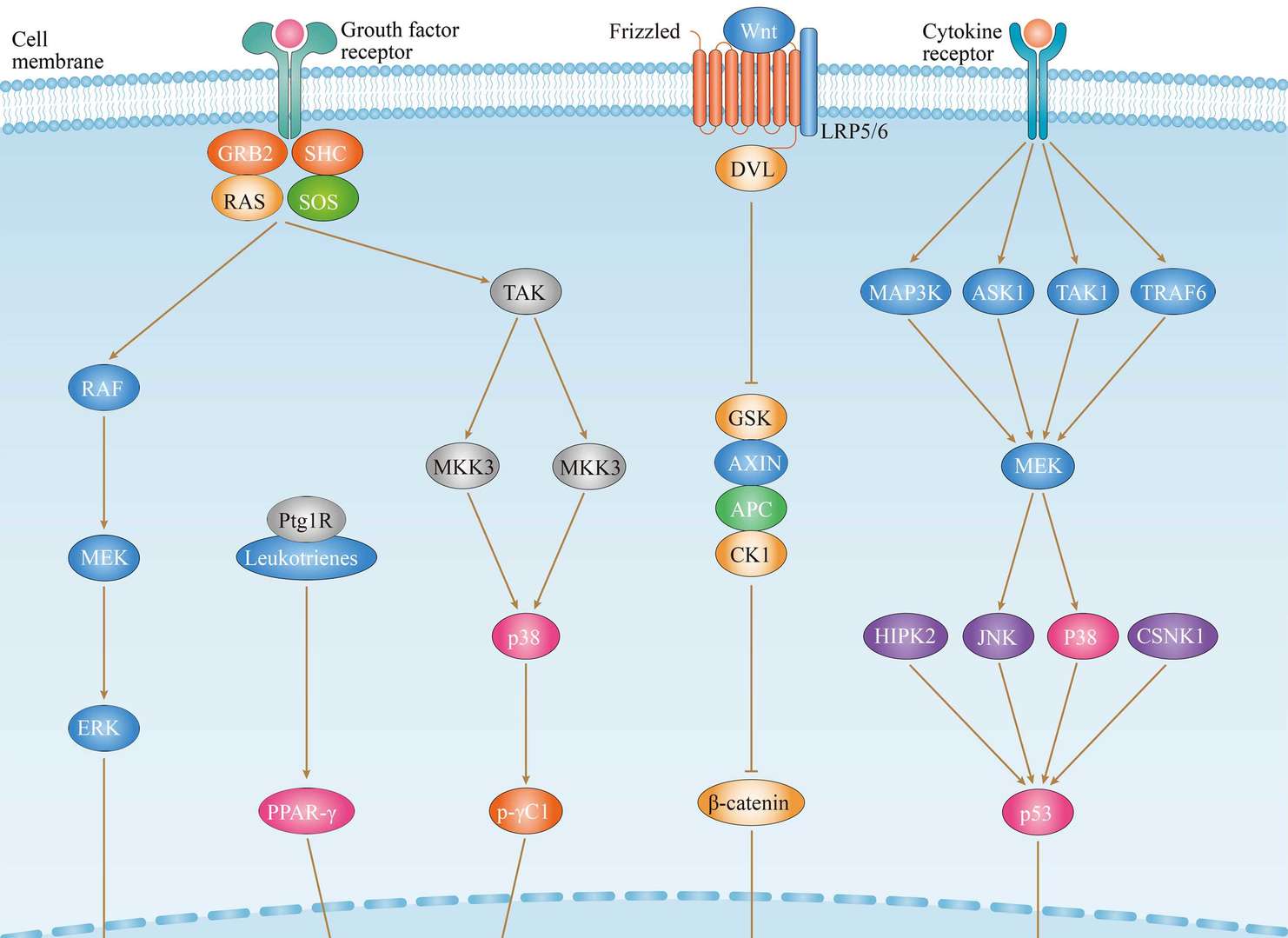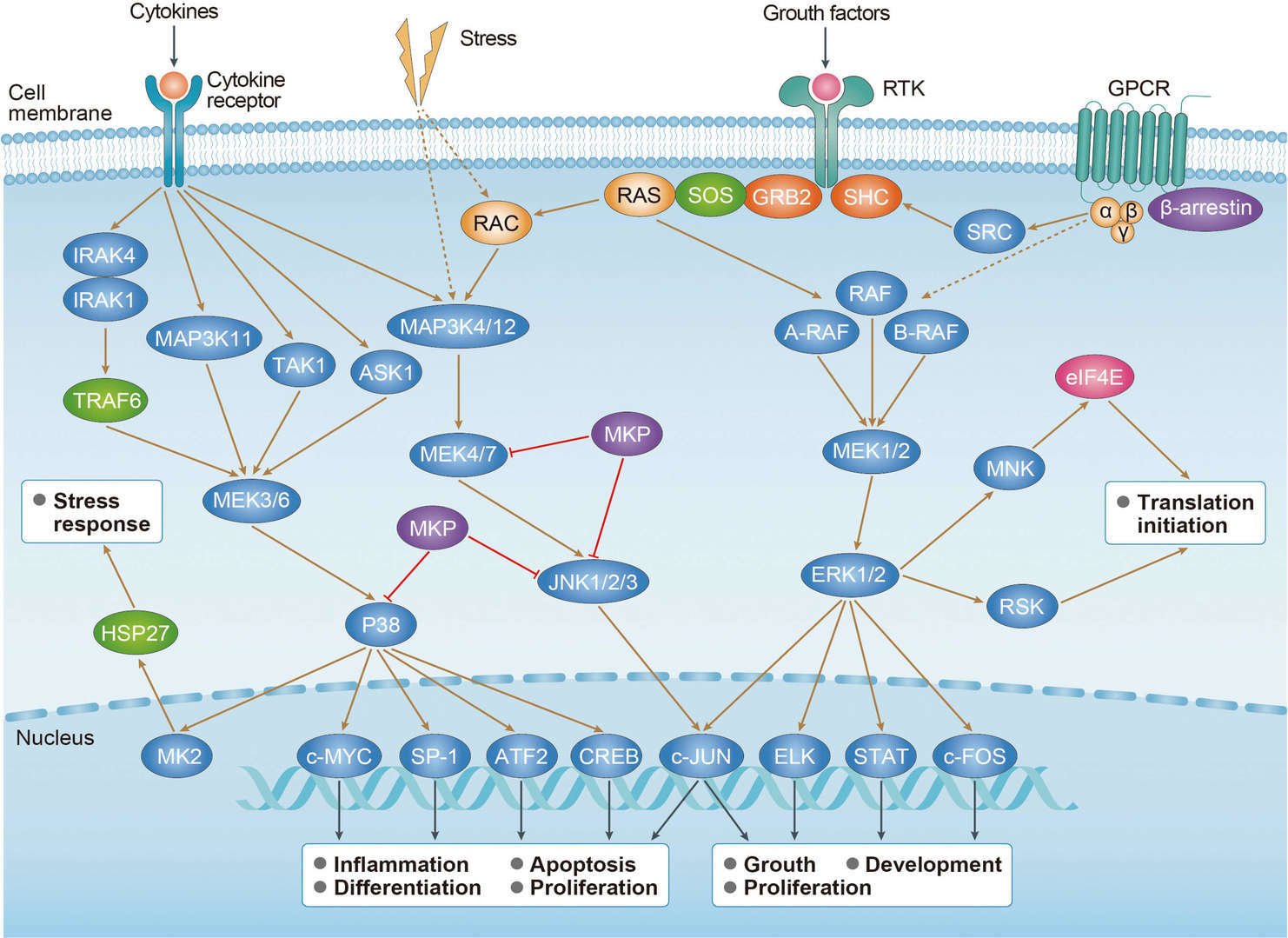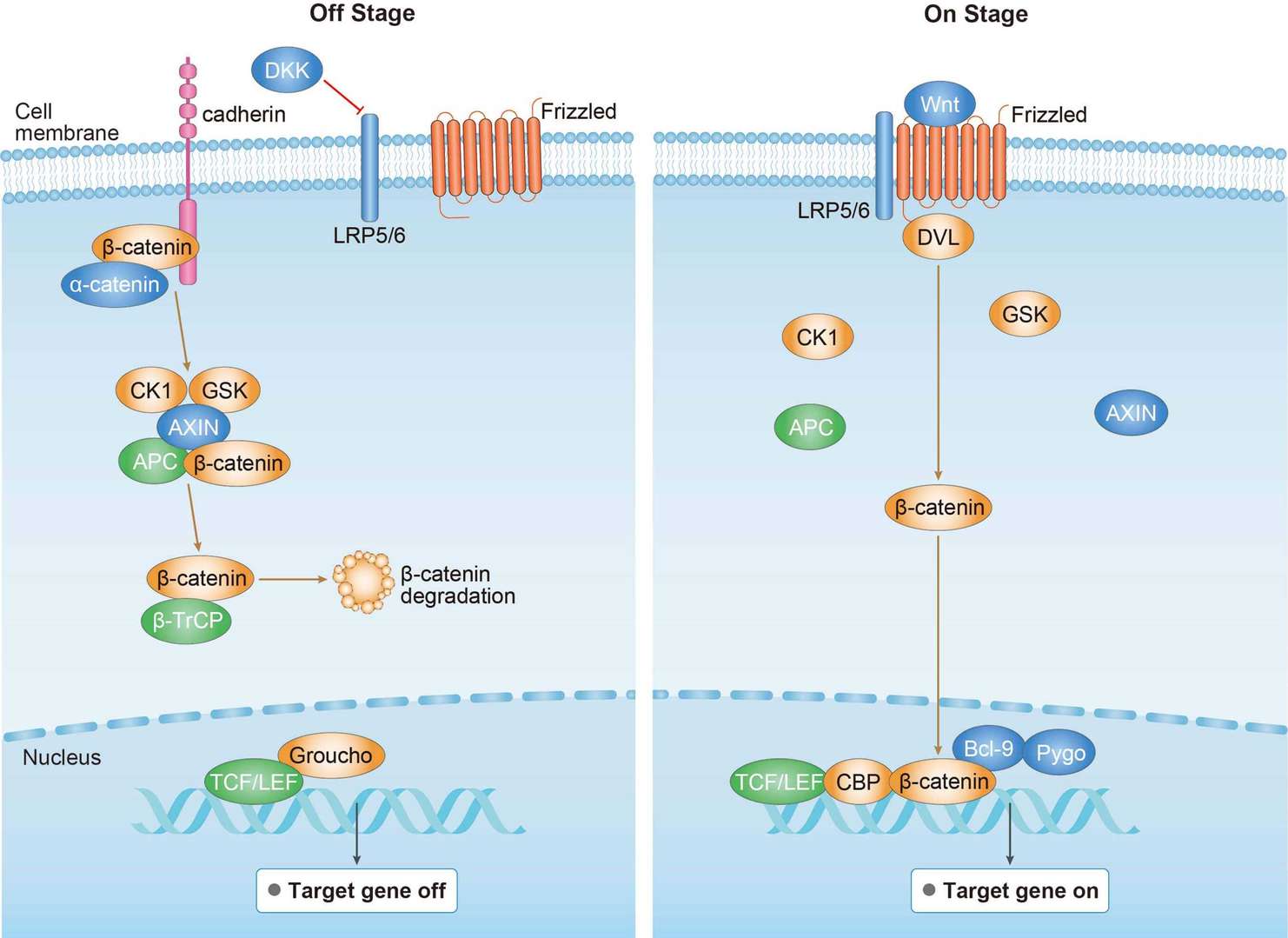PPAR Signaling Pathway
About PPAR Pathway
Peroxisome proliferator-activated receptors (PPARs) are ligand-activated transcription factors, which are responsible for regulating gene expression. PPARs are firstly found in the Xenopus frog as nuclear receptors, which induce the proliferation of peroxisomes in the cells. They perform multiple functions like cellular respiration, metabolism, differentiation and development. In addition, because they play an important role in lipid and glucose homeostasis, they are called lipid and insulin sensors. The PPAR family genes comprised of three isoforms PPAR-α, PPAR-β/δ and PPAR-γ, which are expressed in the different tissues in various species including the human. PPAR-α mainly influences fatty acid metabolism and its activation lowers lipid levels, while PPAR-γ is mostly involved in the regulation of the adipogenesis, energy balance, and lipid biosynthesis. PPAR-β/δ participates in fatty acid oxidation, mostly in skeletal and cardiac muscles, but it also regulates blood glucose and cholesterol levels. Like other nuclear receptors, PPARs are modular in structure and contain the following functional domains: (A/B) N-terminal region, (C) DBD (DNA-binding domain), (D) flexible hinge region, (E) LBD (ligand binding domain), (F) C-terminal region. PPARα and PPAR-γ are the molecular targets of several marketed drugs. For instance, the hypolipidemic fibrates activate PPARα, and the anti-diabetic thiazolidinediones activate PPAR-γ. The synthetic chemical perfluorooctanoic acid activates PPARα while the synthetic perfluorononanoic acid activates both PPAR-α and PPAR-γ. Berberine activates PPAR-γ, as well as other natural compounds from different chemical classes.
Overview of PPAR signaling pathway
Associated Diseases
Related Pathways
For research use only. Not intended for any clinical use.
This site is protected by reCAPTCHA and the Google Privacy Policy and Terms of Service apply.


 Thyroid Cancer
Thyroid Cancer MAPK Pathway
MAPK Pathway Wnt Pathway
Wnt Pathway p53 Pathway
p53 Pathway
